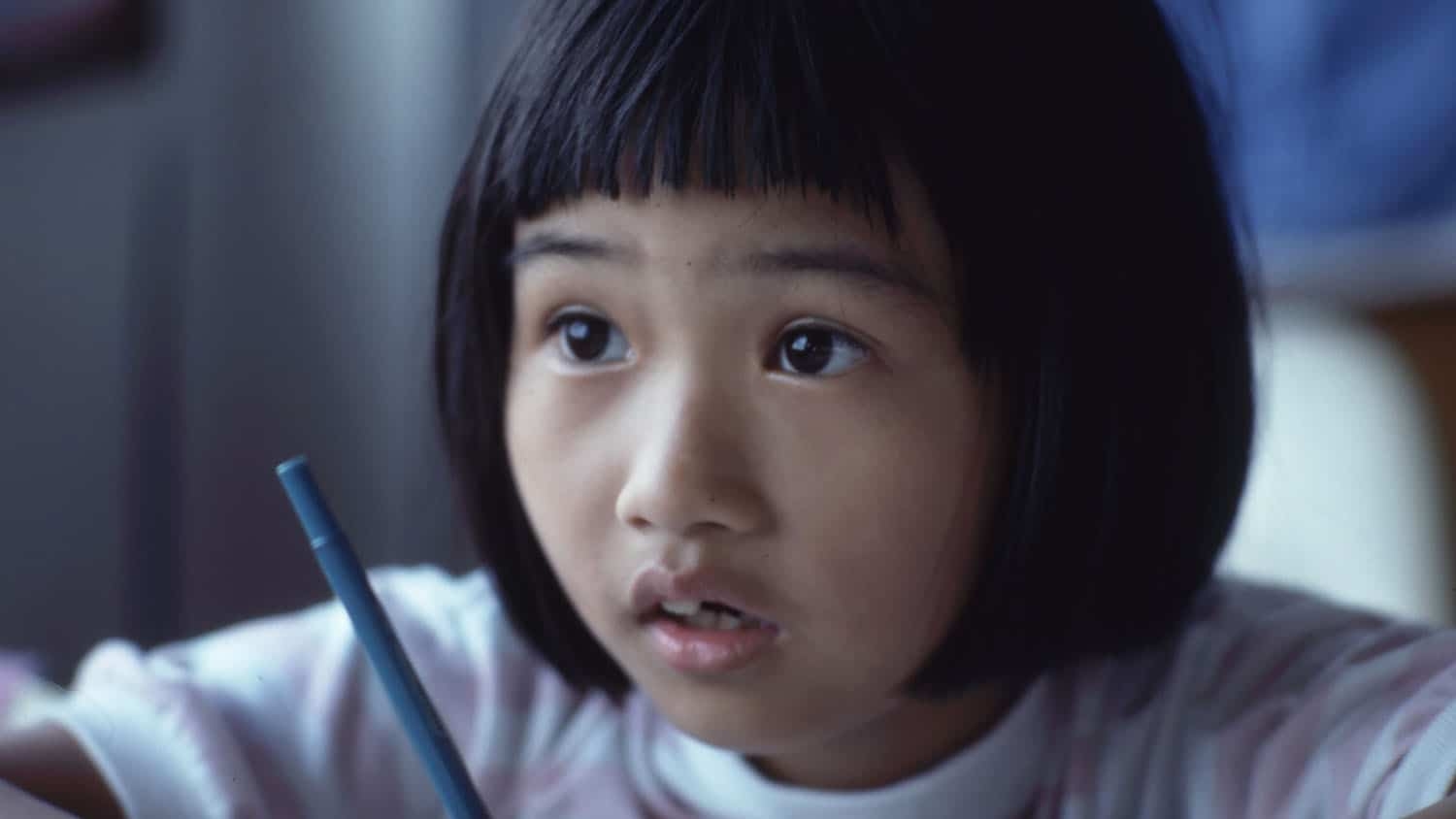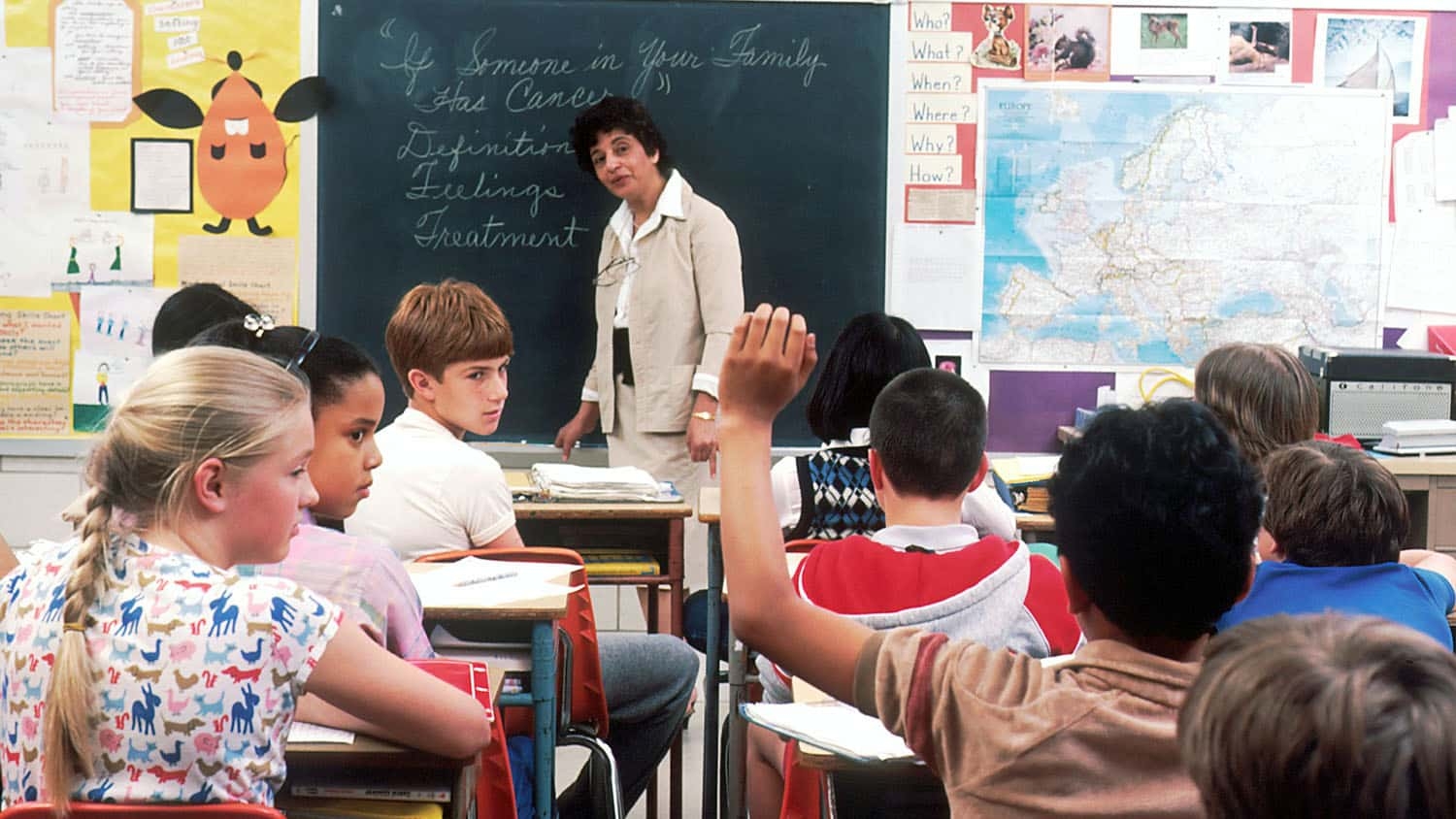Psychology researchers at North Carolina State University have developed and validated a new tool for assessing how accurate people are at recognizing emotion in elementary school-aged children. The technique will facilitate research on understanding emotions of children – and highlights the fact that adults are often wrong when assessing the emotions of children.
The new tool for measuring people’s ability to perceive emotion in kids is called the “PerCEIVED Task,” which stands for Perceptions of Children’s Emotions in Videos, Evolving and Dynamic Task. The assessment involves having adults review video clips of six emotions portrayed by 72 different child actors. The tool balances children’s races and genders within each emotion.
“This tool allows us to identify whether we have any emotion-related biases,” says Amy Halberstadt, first author of a paper on the work and a professor of psychology at NC State. “For example, we’ve shown in multiple studies that people are more likely to incorrectly perceive Black children as angry. But we can also look for other forms of bias. For example, are people more likely to think children of one gender are happier? Or we could look at variations such as whether some people are more likely to think children in general are happy or miserable little creatures.”
The researchers validated PerCEIVED Task across four studies involving 477 adults.
The tool features more children, and a more racially diverse cross-section of children, than previous assessments. In addition, the researchers had each emotion expression validated by subject-matter experts.
“In short, we’ve demonstrated that it is the most robust assessment tool we have for determining how people perceive emotions in children,” Halberstadt says.
But in addition to its potential utility for the research community, Halberstadt notes that there are also take-home messages from this work for parents, teachers and caregivers.
“We do make errors in assessing the emotions of children,” Halberstadt says. “So we need to ask them what they’re feeling. Also, being good at identifying one emotion in children doesn’t mean that you’ll be good at recognizing other emotions.”
Alison Cooke, a co-author on the paper, also notes, “We’re rarely as good as we think we are at identifying emotions in children. So don’t be quick to assume you know how a child is feeling by the look on their face.”
The paper, “PerCEIVED: Perceptions of Children’s Emotions in Videos, Evolving and Dynamic Task,” is published in the journal Emotion. Cooke, a former Ph.D. student at NC State who is now at the UCLA/Duke National Center for Child Traumatic Stress, is corresponding author of the paper. The paper was co-authored by Courtney Hagan and Xi Liu, both of whom are Ph.D. students at NC State.
The work was done with support from the William T. Grant Foundation, under grant 184516; and from the National Institute for Child Health and Human Development, under grant T32-HD07376.
-shipman-
Note to Editors: The study abstract follows.
“PerCEIVED: Perceptions of Children’s Emotions in Videos, Evolving and Dynamic Task”
Authors: Amy G. Halberstadt, Alison N. Cooke, Courtney A. Hagan and Xi Liu, North Carolina State University
Published: Sept. 30, Emotion
DOI: 10.1037/emo0001019
Abstract: Researchers have been studying emotion recognition skill for over 100 years, yet technological advances continue to allow for the creation of better measures. Interest in consistent inaccuracies (sometimes described as bias) has also emerged recently. To support research in both emotion recognition skill and bias, we first describe all extant measures of emotion recognition with child actors that we have found, evaluating strengths and constraints of these measures. We then introduce a new measure of emotion understanding (PerCEIVED Task) which includes assessment of six emotions portrayed dynamically over rounds by 72 child actors, balancing child race and gender within each emotion, and certified by FACS coders. We provide participant accuracy and bias rates by round and within emotion, based on results from four studies (N = 477 adult participants), and report evidence for reliability over time, criterion and discriminant validity, and multidimensionality of emotion recognition from these studies. We conclude with potential uses of the measure in terms of assessing the accuracy and inaccuracies of participants, including opportunities for the study of developmental processes, individual differences, and confusions between various emotions.
This post was originally published in NC State News.
- Categories:



